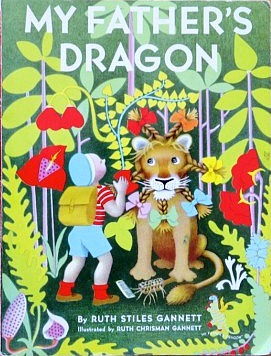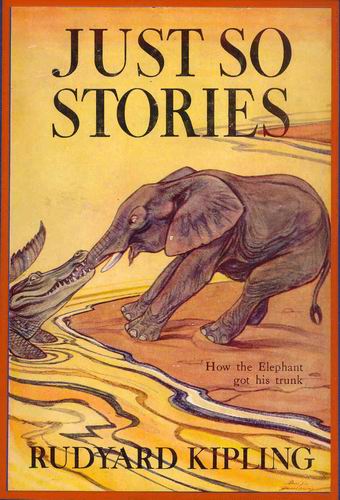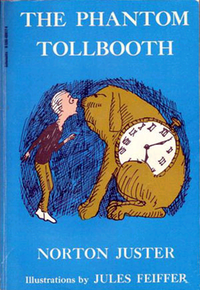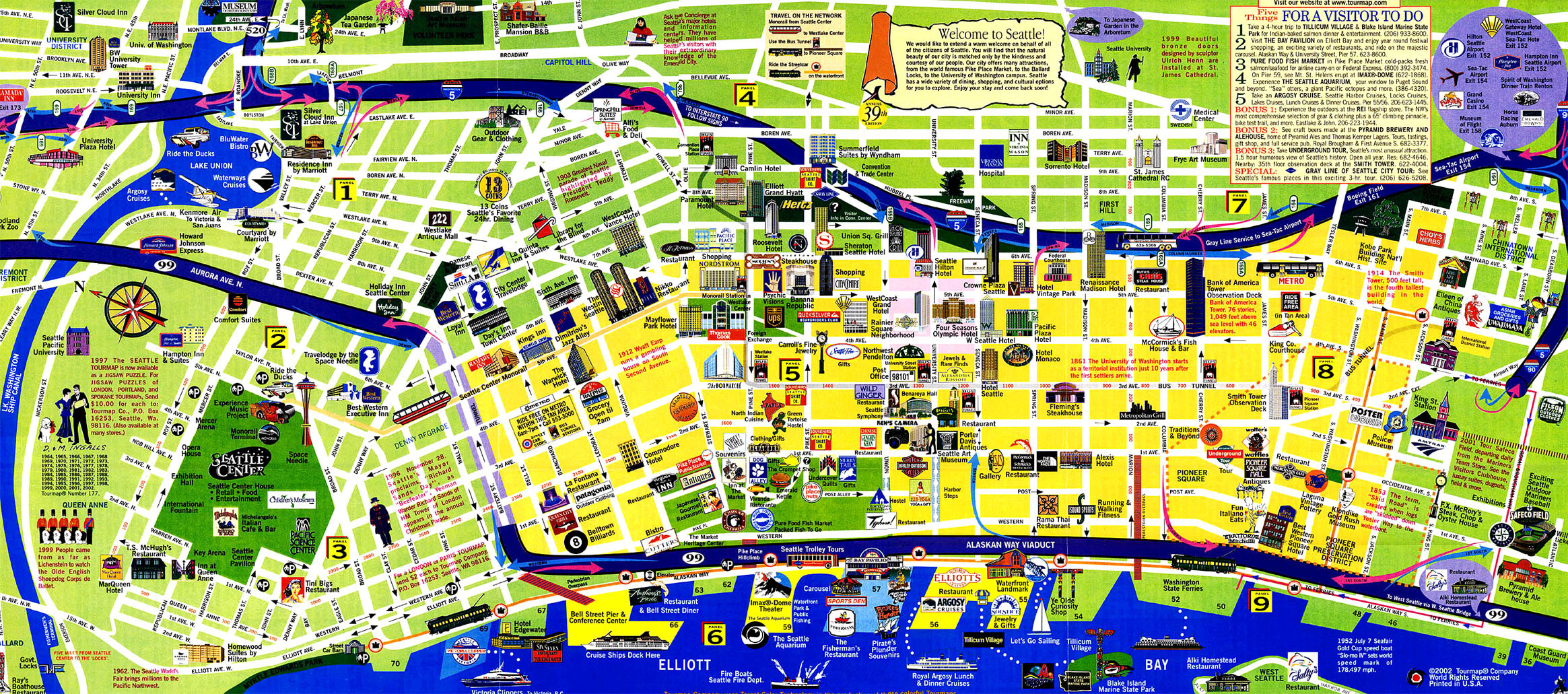The bed time reading ritual is a treasure! Sitting on your child's bed snuggeled up, with just the night stand light on creates a wonderful atmosphere of comfort, warmth, and connection. Reading to your child at night gives you time to relax, be present, unwind, and relate to your child. Share your favorite stories from your childhood and discover new ones together. As a parent the fun comes from using different voices for the characters, working on your inflection, and just immersing yourself in the moment. You are modeling for your child the joy of reading and all the fun and pleasure it brings. I loved to read Dr. Suess's
Sleep Book adding in the yawns, changing my speed, and even talking as if I were falling asleep. Of course anything Dr. Suess is entertaining. From early political, think
Sneetches and treating others different, to the
Lorax and it's environmental message. So many of Dr. Suess's books are wonderful early readers like
Fox in Sox, The Foot book, and
Green Eggs and Ham. Take turns (you read one page your child reads one page) it is a fun way to help your child learn to read.
We read
My Father's Dragon, and had an excellent adventure through three books! As my son got older I read to him from Rudyard Kipling's,
The Just So Stories he loved the story of
The Elephant Child, and I loved to read the words "oh Best Beloved" and "great, gray, green, greasy Lippopo River all set about with fever trees." It just sort of rolls of your tongue, try it!
Keep reading through those upper grades too! We read the
Hobbit, (J.R.R Tolkien)
Night, by
Elie Wiesel, and other stories that were required in middle school. This was significant because reading out loud helps one remember details - perfect for schoolwork. The added benefit is, as a parent, you know what your child is studing and have a very natural way to relate and connect to them about school.
Go to your local library, talk to the librarians, get their suggestions based on the interest of your child. You will be modeling for your child working with a libraian (self-advocacy), create a community friend, and find out about programs taking place within your library, a win-win experience! Reading with your child is an adventure - share and inspire the joy!
 |
| The original. |
 |
| A wonderful adventure! |
 |
| A wonderful set of stories, fun to read! |
 |
| Perfect bed time story. |
 |
| This book will capture your interest with fabulous word play. |













